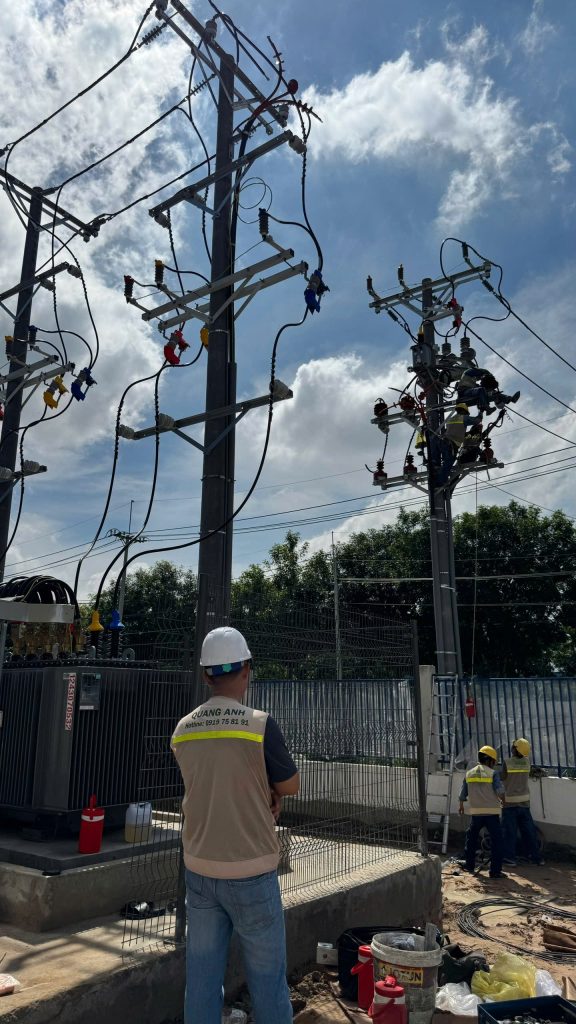News
Rooftop Solar 1MWp: Modern Renewable Energy Solution
Rooftop solar 1MWp is a renewable energy system installed on rooftops, suitable for businesses with large roof areas, helping to save electricity costs and promote sustainable development.
Definition and Applications of Rooftop Solar
Rooftop solar system is installed on various types of roofs such as metal, concrete, or tile roofs. The 1MWp capacity is suitable for businesses with large roofs, from 5,000 m² or more. Installation on roofs helps utilize space without requiring land, making it suitable for factories.
Rooftop Solar, also known as solar roof energy, is a sustainable and effective solution in optimizing space on building roofs. These systems use solar panels to convert sunlight into electricity, installed on roofs to increase space efficiency and reduce the load on the national grid.
Rooftop Solar has a capacity usually not exceeding 01 MW, operates within the national grid connection range with voltage levels up to 35 kV or less. This offers several benefits, from electricity cost saving to reducing harmful emissions by leveraging renewable energy sources.
Important Applications
- Save on electricity: Direct electricity generation from on-site solar energy significantly reduces electricity consumption costs from the grid. This is one of the most evident benefits when applying this system.
- Environmental protection: Reducing harmful emissions into the environment is a major benefit of the rooftop solar system. This helps mitigate climate change and protect natural resources.
- Economic benefits: Surplus electricity can be sold back to electricity suppliers, helping owners improve cash flow and optimize investment efficiency.
Installation Models
Besides integrating with the grid, Rooftop Solar also develops various installation models to suit specific needs:
- Stand-alone solar: This system is not connected to the grid, suitable for areas without grid access.
- Grid-tied solar: Electricity is converted directly into the national grid, with the capability to sell back when surplus.
- Hybrid solar: Combines energy storage in batteries and grid integration to optimize electricity use.
Mechanism and Regulations
Vietnam has implemented many policies to encourage the development of Rooftop Solar, such as Decision 13/2020/QĐ-TTg, detailing capacity and electricity purchase prices. The government also encourages through price supports and surplus electricity sales.
Exploiting Rooftop Solar plays an important role in sustainable energy supply and also supports grid stability, reducing transmission loss energy.
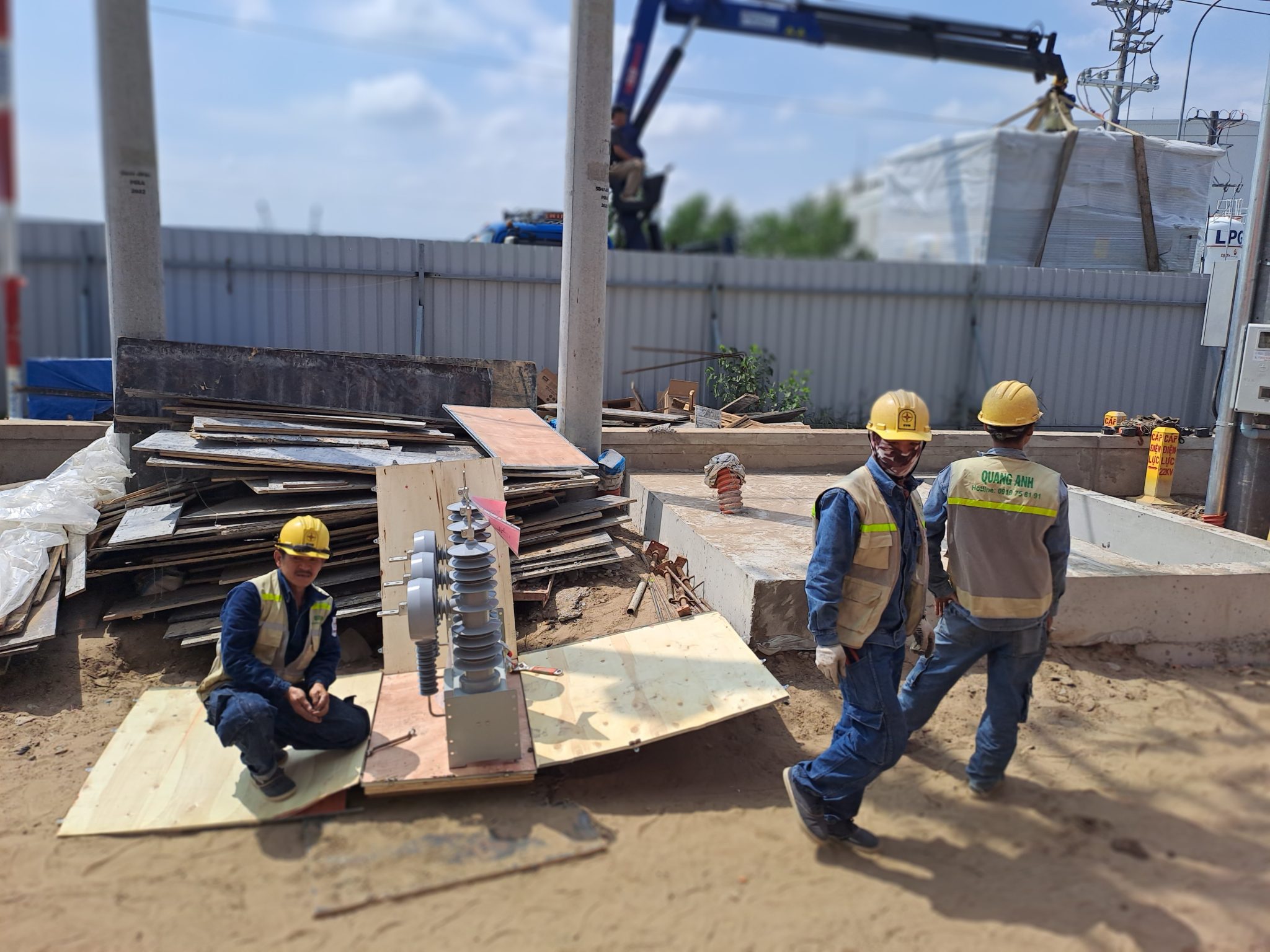
Principle of the 1MWp Solar System
Solar panels absorb light and convert it into DC electricity. The inverter converts DC to AC to integrate into the grid. When there’s surplus production, electricity can be sold back to EVN. Conversely, when there’s a shortfall, electricity from the national grid will supplement.
The 1MWp solar system is a leading renewable energy solution for businesses with large electricity usage needs in Vietnam. The combination of high-tech components and advanced operational processes helps optimize efficiency and ensure safety.
Main Structure of the System
-
Solar Panels: These panels, made from monocrystalline or polycrystalline silicon, absorb sunlight and convert it into direct current (DC) through the photovoltaic effect. This is an indispensable part for the solar energy system to operate efficiently.
-
Inverter Solar: This equipment converts DC power into alternating current (AC). This is an important step to synchronize solar power with the national grid, allowing integration into the common system or directly supplying consumer devices.
-
Energy Storage Solar: This system, usually a battery or lithium battery, stores excess electricity during sunlight and supplies it when needed, such as at night or during power outages.
-
Mounting Frame and Other Accessories: Includes the mounting frame, junction box, and DC/AC cabinet, these components ensure the entire system operates stably and safely throughout its lifecycle.
Operating Principle
- Energy Conversion: Sunlight is absorbed by the panels and turned into DC electricity.
- Power Conversion: DC electricity is converted into AC through the inverter, synchronized with the national grid.
- Grid Integration and Use: The system prioritizes using solar power first. If there’s a shortfall, the national grid will supplement. Conversely, surplus electricity will be pushed onto the grid via a bidirectional meter.
- Automatic Operation: The system is designed to automatically shut off when the grid is down, ensuring user safety. When there’s sunlight in the morning, the system will automatically restart.
- Remote Monitoring (Solar Monitoring): With monitoring capability via smart devices, managers can track system performance and timely detect issues, ensuring continuous operation.
Related Solar Systems
- Grid-Tied Solar Systems: Immediately connects to the national grid, prioritizing solar power use but can receive supplementary power from the grid when needed.
- Stand-Alone Systems: Operates without grid connection, uses storage to serve consumption when there’s no sun.
- Grid-Tied with Storage Systems: Integrates both grid connection and energy storage, optimizing electricity supply when needed.
Investment Advantages
- Cost Savings: Significantly reduces electricity costs from the grid, especially during peak hours, increasing profitability.
- Building Protection: Panels help reduce roof temperature, decreasing cooling energy consumption.
- Efficient Management: Automatically operated system, easy to manage with remote monitoring and timely alerts.
Summary of Operation Process
| Step | Main Activity | |——|—————–| | 1 | Panels absorb sunlight creating DC electricity | | 2 | Inverter converts DC to AC | | 3 | Provides power to devices or integrates into the grid | | 4 | Automatically prioritizes solar power, grid supplements when deficit | | 5 | Pushes surplus electricity onto the grid via a bidirectional meter | | 6 | Automatically disconnects during grid outages for safety | | 7 | Remote monitoring and control via smartphone or computer |
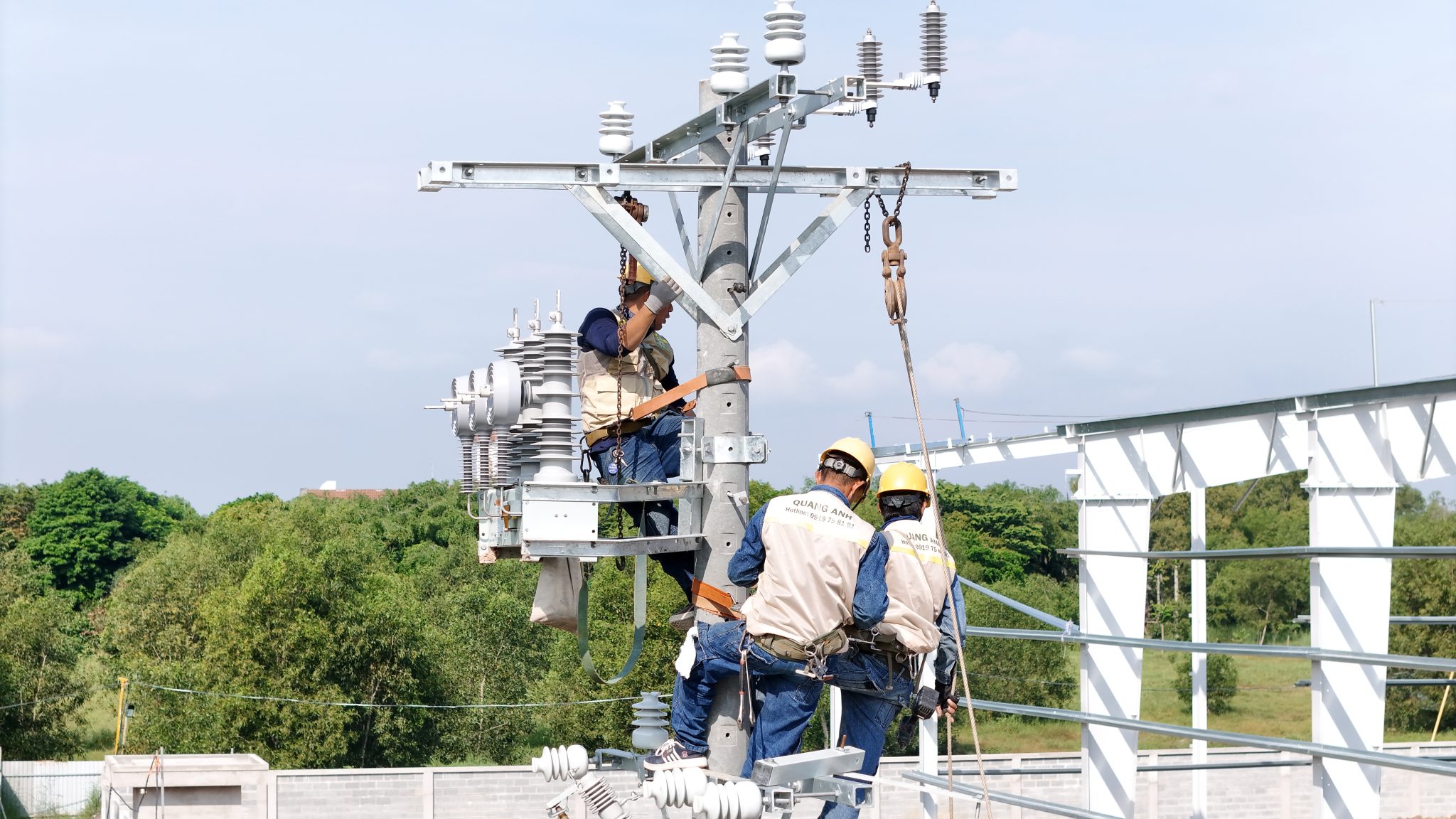
Benefits of the 1MWp Solar System
Rooftop solar saves electricity costs, generates income from selling surplus electricity, and reduces dependency on the grid. The system does not require land, has a lifespan of up to 30 years, and a quick payback period of 4.5 to 5 years. It is environmentally friendly, reducing greenhouse gas emissions.
Installing a 1MWp solar system brings many outstanding benefits to businesses of all sizes and contributes to environmental protection. These benefits not only ensure sustainability in energy use but also increase business efficiency.
Economic Benefits
- Electricity Cost Savings: Utilizing solar energy allows businesses to reduce reliance on national grid power, especially during peak hours. This helps optimize costs and improve profit margins.
- Short Payback Period: With reduced investment costs, solar systems quickly return the investment cost within 4-5 years. This is a long-term economic benefit.
- Space Utilization: Businesses can utilize roof space by installing this system, eliminating the need for empty land space.
Environmental Benefits
- Pollution Reduction: Solar energy doesn’t create polluting waste, especially greenhouse gases, thereby helping reduce climate change.
- Water Saving: Unlike other energy production methods, the solar power system doesn’t use water during operation, reducing pressure on water resources.
Social and Commercial Benefits
- Building a ‘Green’ Brand: Businesses shifting to clean energy can increase competitive advantages and create closeness with customers.
- Ensuring Energy Security: Using a solar power system helps reduce the load on the national grid, ensuring continuous power supply.
- Prolonging Building Lifespan: Panels not only protect the roof from adverse weather but also help cool the underlying space, improving the operational efficiency of machinery and air conditioning.
Other Benefits
- Cooling Space: The solar power system creates shade, helping save energy needed for cooling.
- Improving Health and Productivity: Improved workspaces contribute to enhancing employee health and work productivity.
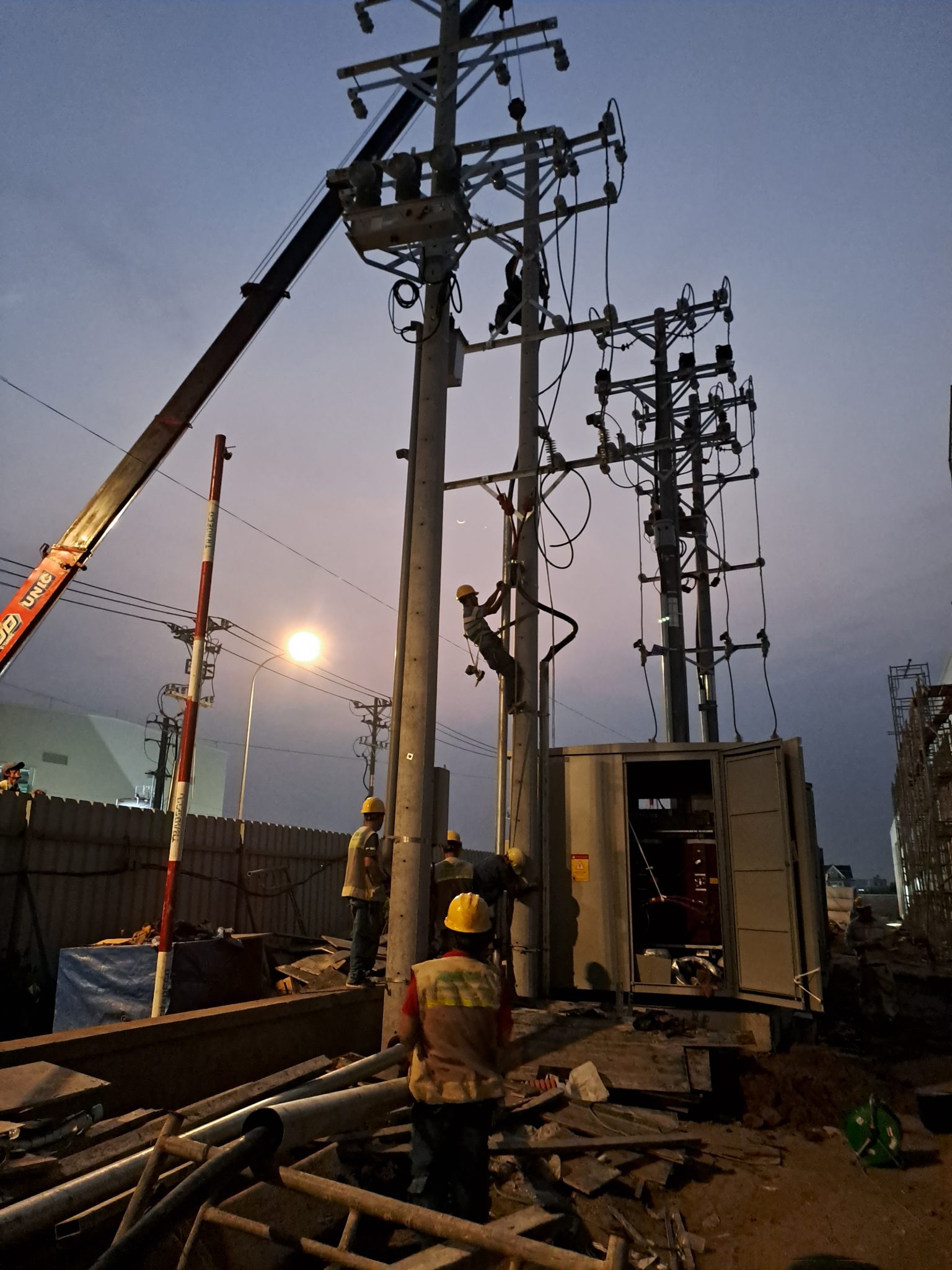
Investment Cost and Profit from the Solar Power System
The investment cost for a 1MWp rooftop solar system in Vietnam is about 12 to 13 billion VND. The cost includes frame systems, peripherals, and labor. Profit from saving on electricity bills and selling surplus electricity helps quickly recover capital.
Investing in solar systems is becoming an attractive option for many businesses looking to leverage energy-saving potential and reduce operational costs. Installing solar energy not only provides profit from saving on electricity bills but can also sell surplus electricity back to the grid in certain areas.
Solar System Costs
Cost by System Capacity
For small households, investing in grid-tied solar systems from 3 kWp to 15 kWp costs from 30 million to 250 million VND, depending on capacity. Specifically, for a 3 kWp system, the cost ranges from 30 – 56 million VND, generating about 360 kWh of electricity per month. For businesses, solar installation costs decrease with scale, for example, a 100 kWp system costs from 15.5 – 16 million VND/kWp, while a 1000 kWp system is only from 11 – 12 million VND/kWp.
Cost Components
This cost includes various components:
- Solar panels: account for about 60% of the total cost.
- Auxiliary equipment like inverters, cables, and electrical cabinets: about 20%.
- Installation labor: about 10 – 15%.
- Some items like survey, design, and warranty often occupy a very small part or are free.
Storage System Costs
Energy storage is also an indispensable part of areas with unstable power supply, with investment costs from 20 – 26 million VND/kWp.
Profit and Payback Time
Electricity Generation and Bill Savings
Each kWp of installed solar energy can produce 120–150 kWh per month. This significantly reduces electricity bills for both businesses and households.
Payback Time
Payback time for systems under 3 kWp can extend over 6 years. However, for systems from 3 kWp upwards, this time is usually only 3 – 5 years, as solar energy profits from cost savings and surplus electricity sales reduce solar payback time.
Economic and Environmental Benefits
Solar energy not only contributes to cost savings but also is an environmentally friendly solution, reducing greenhouse gas emissions.
Overall, investing in a solar system is suitable for those wanting to optimize energy costs and enhance sustainability in business operations.
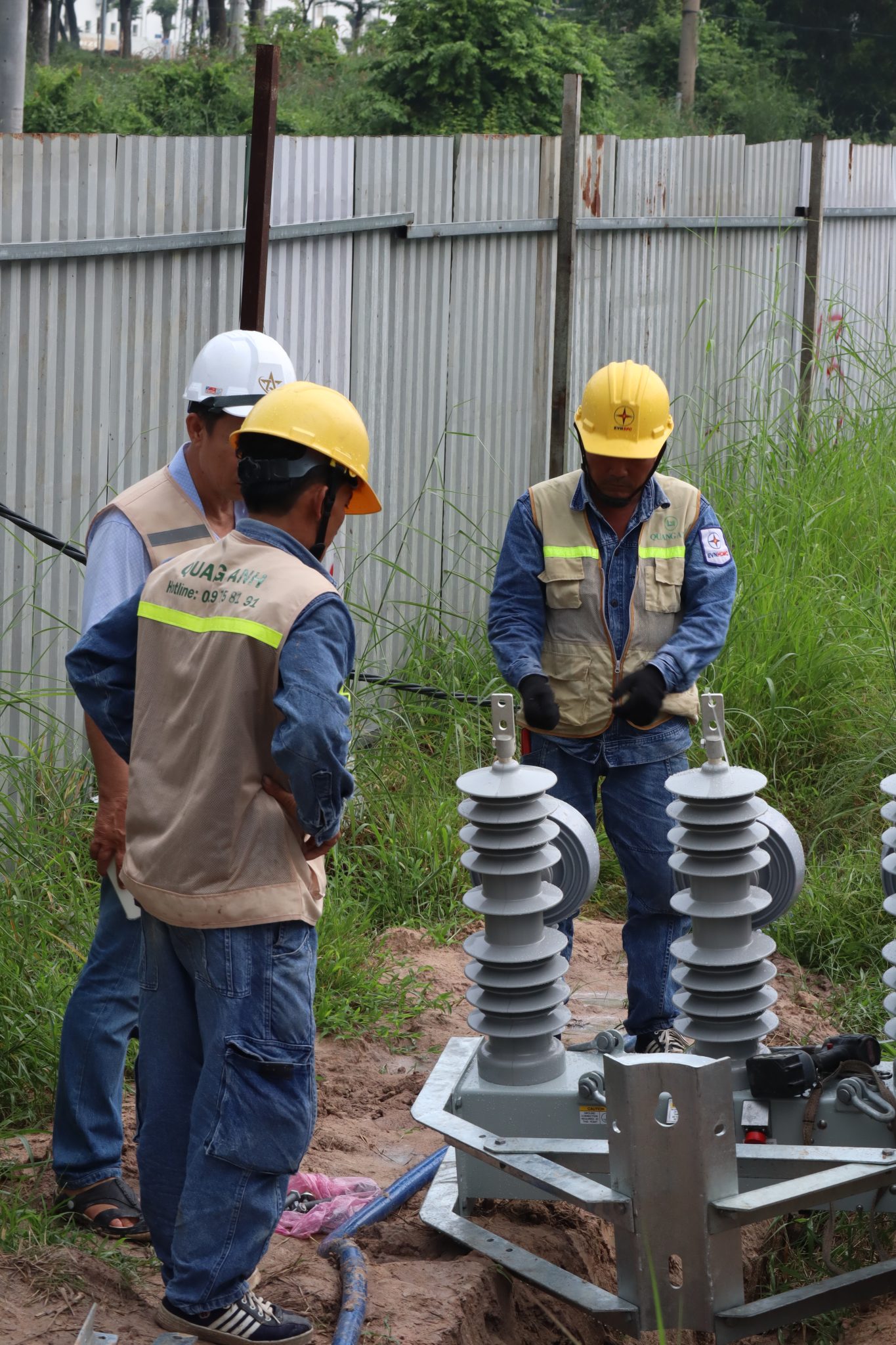
Structural Safety and Investment Forms of Solar Energy
Construction of rooftop solar must ensure the load-bearing structure of the factory is safe. Accurate survey and calculation using specialized software. Investment forms include self-investment and system leasing models, suitable for business needs and finances.
In the development of solar energy, especially rooftop solar systems, ensuring structural safety is crucial. This includes evaluating the load capacity of structures to prevent collapse risks as well as complying with technical standards.
Structural Test Requirements
- Purpose: Testing ensures safety and compliance with technical regulations, examining roof and connection status to ensure optimal load-bearing structure.
- Testing Process: Conduct observation, analysis of structures, and calculate load capacity under loads like static, live, and wind loads.
Risks of Lack of Testing
Lack of structural testing can lead to severe risks such as roof collapse, causing great damage to people and property.
Investment Forms of Solar Energy
Encouraged Development
According to Decision 13/2020/QĐ-TTg, the government has encouraged solar energy development. Investors must ensure compliance with safety and technical requirements.
Investment Forms
- Direct Investment: Owning and operating solar systems including installation, maintenance, and performance data collection.
- Collaborative Investment: Suitable for large projects, invest with a third party to share financial and system operation responsibilities.
Risk Management
Risks like choosing poor quality technology or inadequate wind load calculations can result in poor performance and fire risk.
Fire Safety
Fire Safety Regulations
Solar systems should be designed not to obstruct existing fire safety systems.
Panel Arrangement
Panels should be divided into small groups to limit fire and explosion risks.
Safe Grounding
Equipment must be grounded to prevent risks from lightning and electrical short circuits.
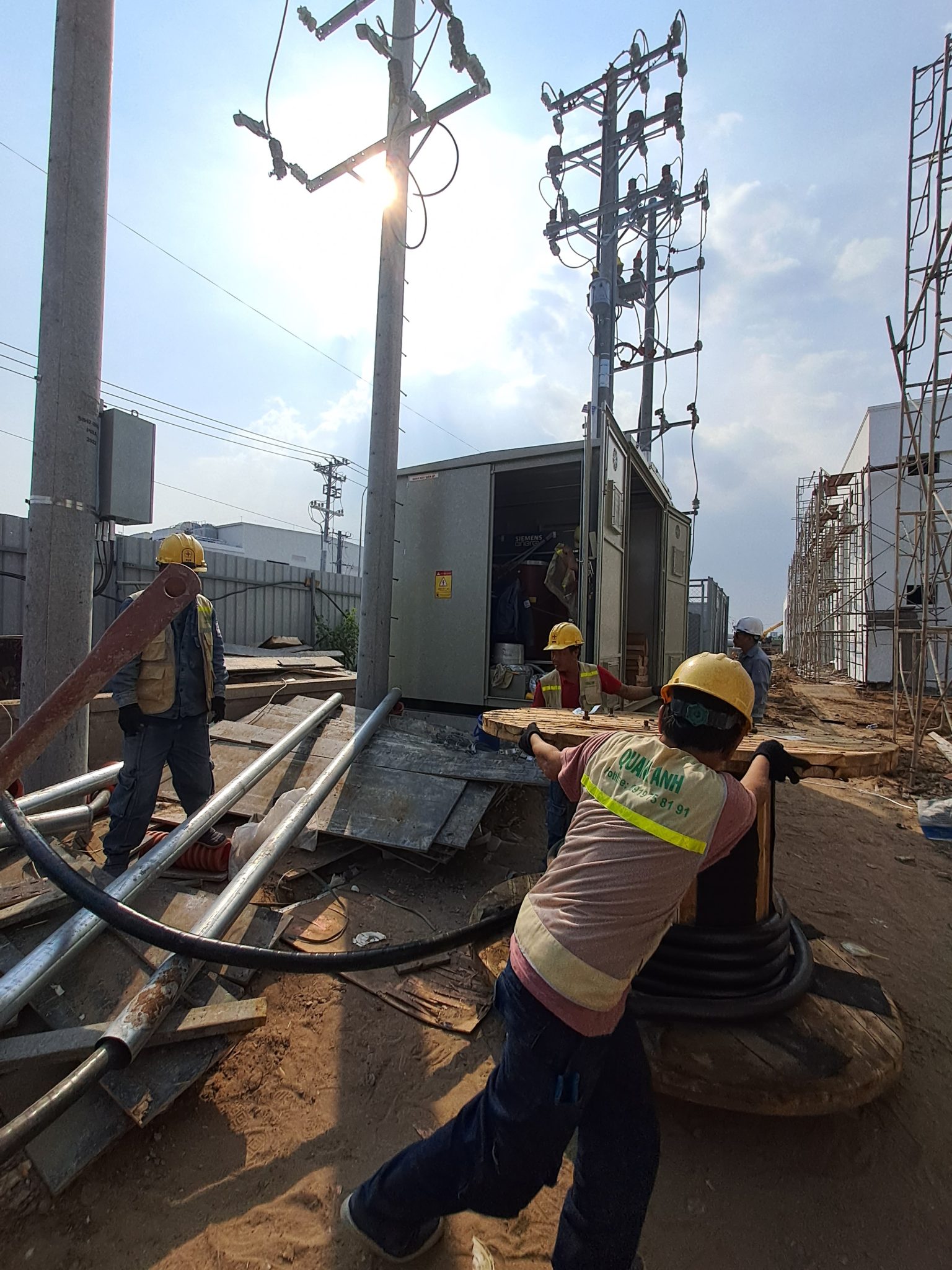
Rooftop solar 1MWp offers superior benefits in cost savings and sustainable development. This solution reduces dependency on the grid, optimizes roof space, and creates income from selling surplus electricity. Environmentally beneficial, the system helps reduce greenhouse gas emissions and enhances a business’s renewable energy capabilities.
Contact QuangAnhcons via Hotline: +84 9 1975 8191 for advice on rooftop solar solutions for your business.
QuangAnhcons provides consultancy and installation services for rooftop solar systems with a commitment to quality and optimal efficiency, helping businesses save energy and develop sustainably.

 Tiếng Việt
Tiếng Việt 简体中文
简体中文 Deutsch
Deutsch 日本語
日本語 한국어
한국어 ไทย
ไทย Русский
Русский Français
Français
